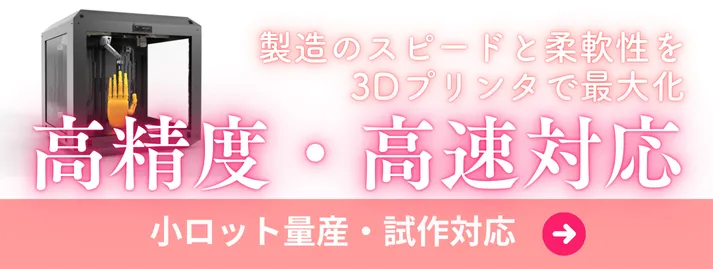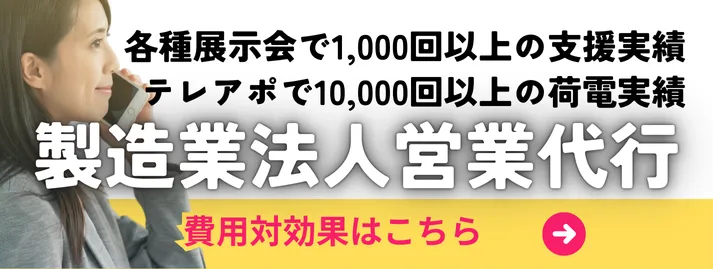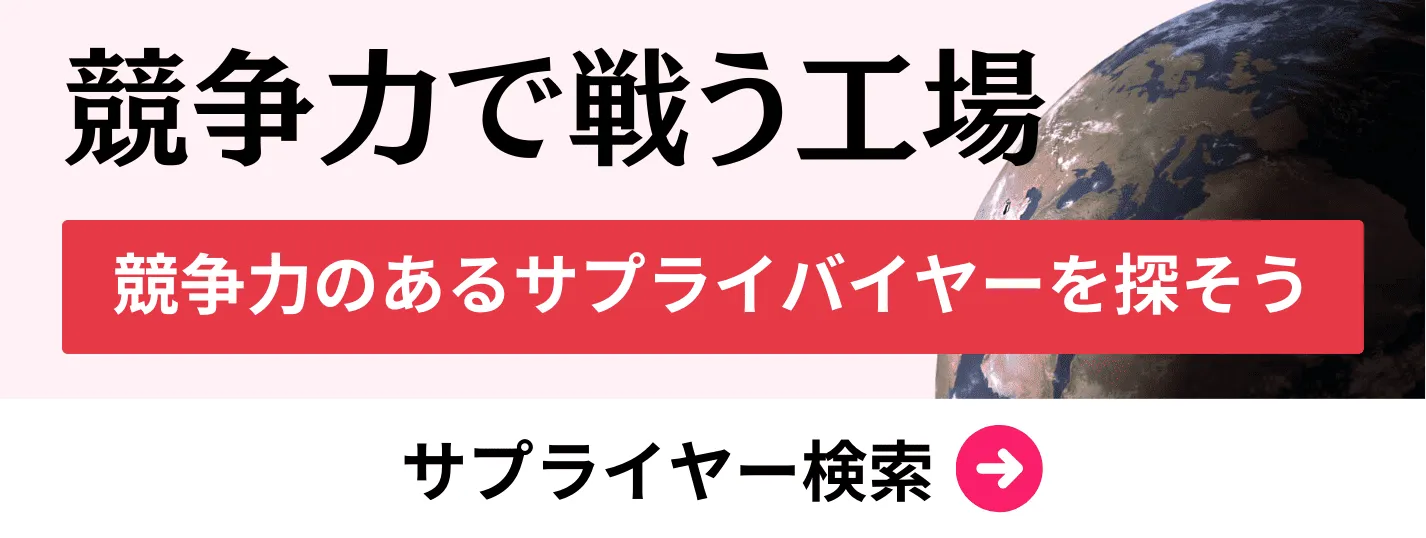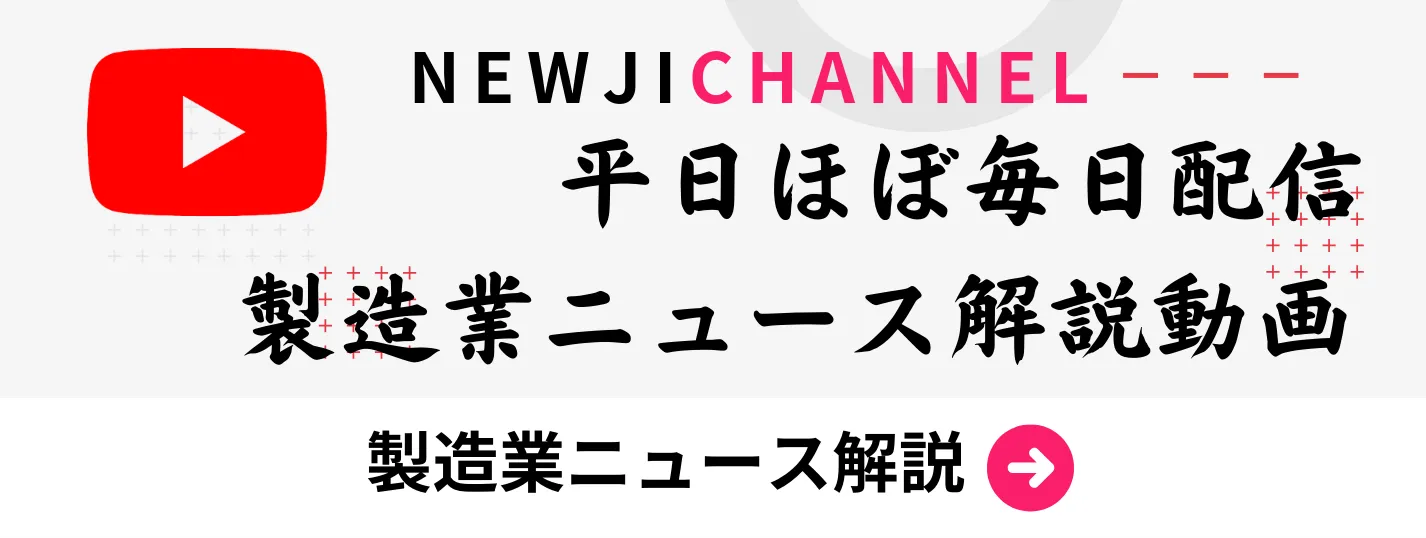- お役立ち記事
- Standards/guidelines and key points for vulnerability detection and security measures in automotive security
月間76,176名の
製造業ご担当者様が閲覧しています*
*2025年3月31日現在のGoogle Analyticsのデータより

Standards/guidelines and key points for vulnerability detection and security measures in automotive security

目次
Introduction to Automotive Security
Automotive security has become an increasingly important field as vehicles become more connected and reliant on software.
With the integration of smart technologies, vehicles are now susceptible to cyber threats and vulnerabilities that were not a concern in the past.
Ensuring the security of automotive systems is critical for the safety of passengers, the protection of data, and the integrity of operational systems.
Understanding Vulnerabilities in Automotive Systems
Vulnerabilities in automotive systems can arise from various sources.
These include software bugs, design flaws, and misconfigurations in the vehicle’s network.
With vehicles now integrating Wi-Fi, Bluetooth, and other wireless technologies, the attack surface for potential threats has expanded significantly.
Hackers can potentially exploit these vulnerabilities to gain unauthorized access and control over vehicle systems.
Common Vulnerability Examples
Some of the common vulnerabilities in automotive security include unsecured communication protocols, lack of encryption, and inadequate access control.
For example, vehicles that use unencrypted communication channels can be vulnerable to intercepting attacks where sensitive data is accessed by unauthorized parties.
Another issue is the presence of outdated software in vehicle systems, which can be exploited by hackers to gain access.
Standards and Guidelines for Automotive Security
To combat security risks in automotive systems, several standards and guidelines have been developed.
These aim to provide a framework to ensure the security and integrity of automotive technologies.
ISO/SAE 21434
One of the most recognized standards in automotive security is the ISO/SAE 21434, which was developed collaboratively by ISO (International Organization for Standardization) and SAE International.
This standard focuses on addressing cybersecurity risks within road vehicles through a comprehensive process that spans the entire lifecycle of a vehicle, from development to decommissioning.
ISO/SAE 21434 provides guidance on identifying vulnerabilities, assessing risks, and implementing security measures to mitigate threats.
UNECE WP.29
Another critical regulation is the UNECE WP.29, which is a set of cybersecurity requirements adopted by the United Nations Economic Commission for Europe.
This regulation requires manufacturers to implement cybersecurity management systems and conduct regular risk assessments and updates.
Manufacturers must demonstrate cybersecurity compliance to receive vehicle certifications in those countries that adopt these standards.
Key Points for Vulnerability Detection
Early detection of vulnerabilities is essential in preventing security breaches and ensuring the protection of automotive systems.
Penetration Testing
Penetration testing involves simulating cyber-attacks on a vehicle’s systems to identify potential vulnerabilities.
This active testing method enables security experts to understand the potential risks and weaknesses in the vehicle’s software and hardware architectures.
Periodic penetration testing helps in keeping the vehicle’s defenses up-to-date against evolving threats.
Code Review
Code review is another critical aspect of vulnerability detection.
By systematically examining the source code, security experts can identify potential vulnerabilities and weaknesses.
Code review can be conducted manually or using automated tools designed to flag common security issues.
Threat Modeling
Threat modeling involves analyzing potential threats and assessing their impact on the vehicle’s systems.
By understanding how a system might be attacked, experts can develop more effective countermeasures.
Threat modeling helps in prioritizing vulnerabilities based on their risk level and developing targeted security strategies.
Implementing Security Measures
After vulnerabilities are identified, it is essential to implement robust security measures to protect automotive systems.
Secure Communication Protocols
Using secure communication protocols helps protect data transfer between vehicle systems and external networks.
Encrypting data ensures that even if it is intercepted, it cannot be read or altered by unauthorized parties.
Regular Software Updates
Regular software updates are essential for maintaining the security of automotive systems.
These updates patch known vulnerabilities and enhance the system’s resilience to newly discovered threats.
Access Control Measures
Implementing strong access control measures ensures that only authorized personnel can access critical vehicle systems.
Authentication measures such as multi-factor authentication can add an extra layer of protection against unauthorized access.
Conclusion
As automotive technologies continue to evolve, so do the threats and vulnerabilities associated with them.
Ensuring the security of these systems is not just about complying with standards and regulations, but also about committing to a proactive approach to risk management.
By adhering to established guidelines, conducting regular vulnerability assessments, and implementing comprehensive security measures, manufacturers can protect their vehicles and, ultimately, their consumers.
In navigating this complex landscape, a commitment to security becomes not just a regulatory necessity but a vital component of a trustworthy and reliable automotive industry.
 資料ダウンロード
資料ダウンロード
QCD管理受発注クラウド「newji」は、受発注部門で必要なQCD管理全てを備えた、現場特化型兼クラウド型の今世紀最高の受発注管理システムとなります。
 ユーザー登録
ユーザー登録
受発注業務の効率化だけでなく、システムを導入することで、コスト削減や製品・資材のステータス可視化のほか、属人化していた受発注情報の共有化による内部不正防止や統制にも役立ちます。
 NEWJI DX
NEWJI DX
製造業に特化したデジタルトランスフォーメーション(DX)の実現を目指す請負開発型のコンサルティングサービスです。AI、iPaaS、および先端の技術を駆使して、製造プロセスの効率化、業務効率化、チームワーク強化、コスト削減、品質向上を実現します。このサービスは、製造業の課題を深く理解し、それに対する最適なデジタルソリューションを提供することで、企業が持続的な成長とイノベーションを達成できるようサポートします。
 製造業ニュース解説
製造業ニュース解説
製造業、主に購買・調達部門にお勤めの方々に向けた情報を配信しております。
新任の方やベテランの方、管理職を対象とした幅広いコンテンツをご用意しております。
 お問い合わせ
お問い合わせ
コストダウンが利益に直結する術だと理解していても、なかなか前に進めることができない状況。そんな時は、newjiのコストダウン自動化機能で大きく利益貢献しよう!
(β版非公開)









